
Armistead Jones Maupin, Jr. is an American writer notable for Tales of the City, a series of novels set in San Francisco.
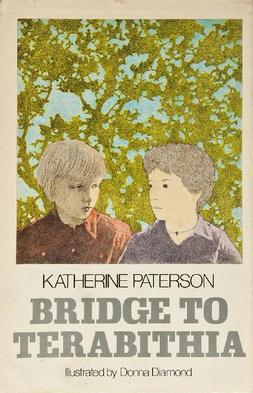
Bridge to Terabithia is a children's novel written by Katherine Paterson, about two children named Leslie and Jesse who create a magical forest kingdom in their imaginations. The book was originally published in 1977 by Thomas Crowell, and in 1978, it won the Newbery Medal. Paterson drew inspiration for the novel from a real event that occurred in August 1974 when her son's friend was struck and killed by lightning.

Tales of the City is a series of ten novels written by American author Armistead Maupin from 1978 to 2024, depicting the life of a group of friends in San Francisco, many of whom are LGBT. The stories from Tales were originally serialized prior to their novelization, with the first four titles appearing as regular installments in the San Francisco Chronicle, while the fifth appeared in the San Francisco Examiner. The remaining titles were never serialized, but were instead originally written as novels.

Jeremiah Terminator LeRoy, or simply JT LeRoy, is a literary persona created in the 1990s by American writer Laura Albert. LeRoy was presented as the author of three books of fiction, which were purportedly semi-autobiographical accounts by a teenage boy of his experiences of poverty, drug use, and emotional and sexual abuse in his childhood and adolescence from rural West Virginia to California. Albert wrote these works, and communicated with people in the persona of LeRoy via phone and e-mail. Following the release of the first novel Sarah, Albert's sibling-in-law Savannah Knoop began to make public appearances as the supposed writer. The works attracted considerable literary and celebrity attention, and the authenticity of LeRoy has been a subject of debate, even as details of the creation came to light in the 2000s.

Robert Beck, better known as Iceberg Slim, was an American former pimp who later became a writer. Beck's novels were adapted into films.

"The Night the Lights Went Out in Georgia" is a Southern Gothic murder ballad, written in 1972 by songwriter Bobby Russell and first recorded by his then-wife singer, comedian, and actress Vicki Lawrence. Lawrence's version, from her 1973 album of the same name, went to number one on the US Billboard Hot 100 chart after its release. Of several cover versions, the one recorded by Reba McEntire for her 1991 album For My Broken Heart peaked at number 12 on the Hot Country Songs chart.
Anthony Godby Johnson is the subject and supposed author of the 1993 memoir A Rock and a Hard Place: One Boy's Triumphant Story. Subsequent investigations suggest that Johnson may have been the literary creation of Vicki Johnson, who purported to be Johnson's adoptive mother.
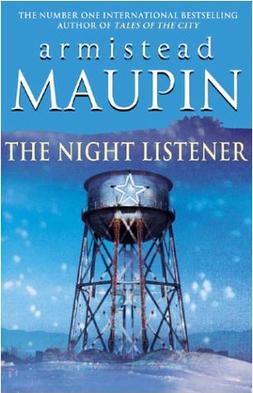
The Night Listener is a 2000 roman à clef by Armistead Maupin. The novel's plot is based on the author's interaction with Anthony Godby Johnson, the purported author of a book, A Rock and a Hard Place: One Boy's Triumphant Story, both before and after Anthony is suspected of being a hoax.
The Night Listener may refer to

Hello Mary Lou: Prom Night II is a 1987 Canadian supernatural slasher film directed by Bruce Pittman, and starring Michael Ironside, Wendy Lyon, Louis Ferreira, and Lisa Schrage. It follows a high school student who becomes possessed by Mary Lou Maloney, a student who died at her high school prom in 1957. A sequel to the slasher film Prom Night (1980), it was originally intended to be a standalone film titled The Haunting of Hamilton High, but was retitled in order to capitalize on the success of the original Prom Night. The only story connection between the two films is that they are set at the same high school. However, both films were executive produced by Peter R. Simpson.
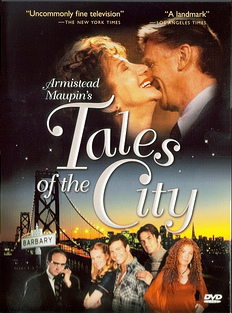
Tales of the City is a 1993 television miniseries based on the first of the Tales of the City series of novels by Armistead Maupin.

Tales of the City (1978) is the first book in the Tales of the City series by American novelist Armistead Maupin, originally serialized in the San Francisco Chronicle. Set in 1970s San Francisco, it follows the residents of a small apartment complex at 28 Barbary Lane, including the eccentric landlady, Anna Madrigal.
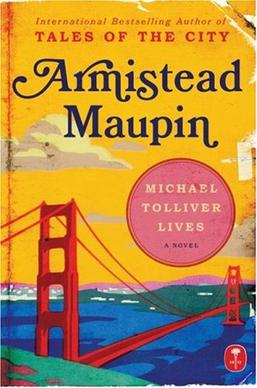
Michael Tolliver Lives (2007) is the seventh book in the Tales of the City series by San Francisco novelist Armistead Maupin.

Maybe the Moon is a 1992 novel written by San Francisco novelist Armistead Maupin.
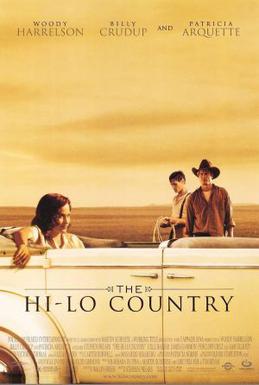
The Hi-Lo Country is a 1998 American-Western film directed by Stephen Frears, starring Billy Crudup, Penélope Cruz, Woody Harrelson, Cole Hauser, Sam Elliott, Patricia Arquette, Enrique Castillo, and Katy Jurado. It is set in post-World War II New Mexico and is based on the Western novel by Max Evans.

Blood Work is a 1998 mystery thriller novel written by Michael Connelly which marks the first appearance of Terry McCaleb. The character McCaleb later returns in A Darkness More Than Night (2000).

Mary Ann in Autumn (2010) is the eighth book in the Tales of the City series by San Francisco novelist Armistead Maupin. It was released on November 2, 2010.
Patrick Stettner is an American film director and writer. His first film, Flux, was released in 1996 as a short, and starred Allison Janney in an early role. He went on to direct and write the screenplay for The Business of Strangers in 2001, which earned him a Grand Jury Prize nomination at the Sundance Film Festival of that year and earned lead actress Stockard Channing an AFI nomination for Best Female Actress. In 2006, he then wrote and directed The Night Listener, an adaptation of Armistead Maupin's eponymous semi-autobiographical 2000 novel, which landed less-than-stellar reviews from critics. He has not directed any films since The Night Listener.

Armistead Maupin's Tales of the City is an American drama television miniseries that premiered June 7, 2019, on Netflix, based on the Tales of the City novels by Armistead Maupin. Laura Linney, Paul Gross, Olympia Dukakis, and Barbara Garrick reprise their roles from previous television adaptations of Maupin's books: the original Tales of the City in 1993, and the sequels More Tales of the City (1998) and Further Tales of the City (2001). The series was Dukakis's final television role before her death.















